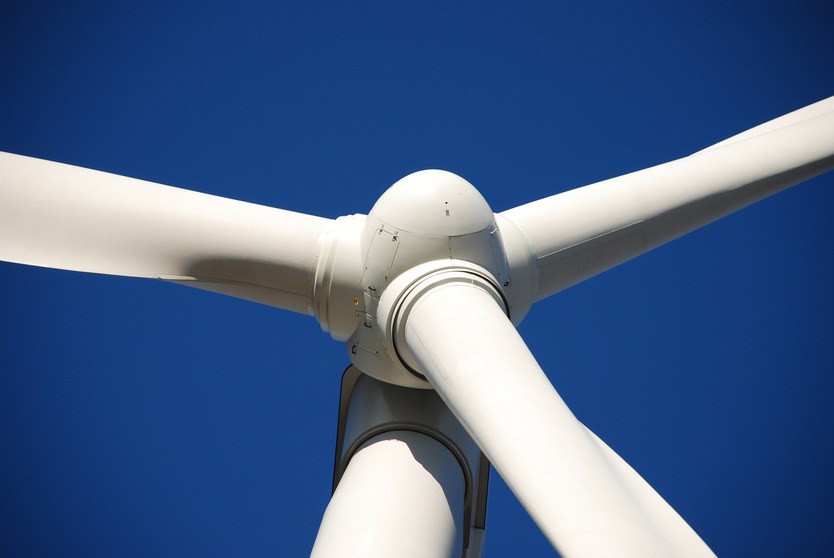
Rotational kinetic storage has a number of advantages over chemical storage.
© pixabay
As the need for energy storage grows with the energy turnaround, storage solutions are getting bigger. Now scientists from Dresden University of Technology (TUD) are investigating how a giant rotational kinetic storage (RKS) unit could be used alongside wind turbines to reduce transmission losses and supply the decentralised grid.
The concept of RKS storage has been around for centuries and works on the principle that when a flywheel is accelerated, the energy is held in motion. The technology has a number of advantages over chemical storage: better energy density, higher efficiency, a greater number of charging and discharging cycles and short reaction times. Furthermore, RKS systems can be used flexibly in a number of locations (for example, in satellites, spacecraft and in racing cars), and they are environmentally friendly.
The DEMIKS project set out to develop an RKS for the first time with a storage capacity of 500 kilowatts (and an equivalent charging/discharging capacity), where previously, capacity had been limited to 100 kilowatts. The prototype, built in cooperation with multiple partners, is five times bigger than usual.
"Our goal was to have the largest possible energy content in a single system," says Frank Hänel, research associate at the TUD’s Institute of Mechatronic Engineering, in an article on the Energy Systems Research website. "With the large storage capacity, we wanted to show and push the limits in terms of material, sealing and storage for this technology."
To achieve this, his team worked with experts from plant engineering, hydraulics and vacuum technology (the IBAF Institute for Construction Machinery, Drive and Conveyor Technology and SKM GmbH), electrical engineering (BITSz GmbH) and sensor technology (Adenso GmbH). The project data will be used for the further development and commercialisation of mechanical storage for energy systems.


